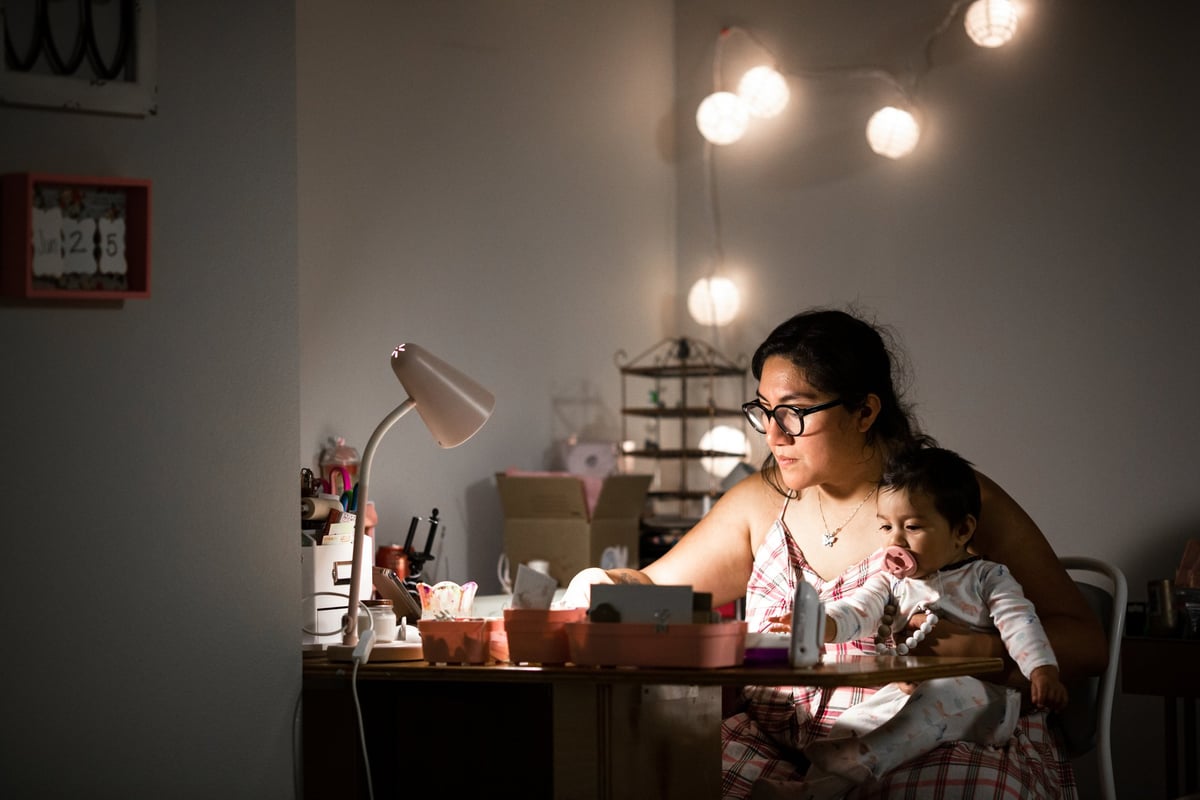
In late March, companies all over Australia who had been saying for years that flexible working ‘just wouldn’t work’, set up an entirely remote workforce within weeks. Suddenly, men who previously couldn’t possibly work from home when a child was sick from school were working full time in the house, and women who had previously had to fight for any flexibility in their hours saw a glimmer of hope that things were about to change for everyone.
There have been benefits – more time together as a family, less frantic pace of life, men working flexibly – but we’re also hearing about new grievances of homes becoming offices, no division between work and home, and ‘flexibility’ meaning now you’re allowed to work from 5am until 11pm and then do it all again the next day. Now, Mamamia is supporting research into the impacts of COVID on working women and we’d love for you to have your say.
When women come last
Kate, who works three days a week as an Executive Manager at a big bank, says prioritising herself was the first thing to go when COVID hit and life changed.
“My day would start at 5am, I’d work until the kids got up, then I’d get them breakfast and log them on for home schooling. I was working significantly longer days. I really didn’t want the kids to fall behind, but because I prioritised that and work was the next priority, I deprioritised myself. Exercising was the first thing to go. In some ways it was a relief when the gyms shut because I could stop feeling guilty about not going. When online options came available I still thought, ‘How can I justify an hour class when there is schooling and work to do?’ It just never worked.”






























































































